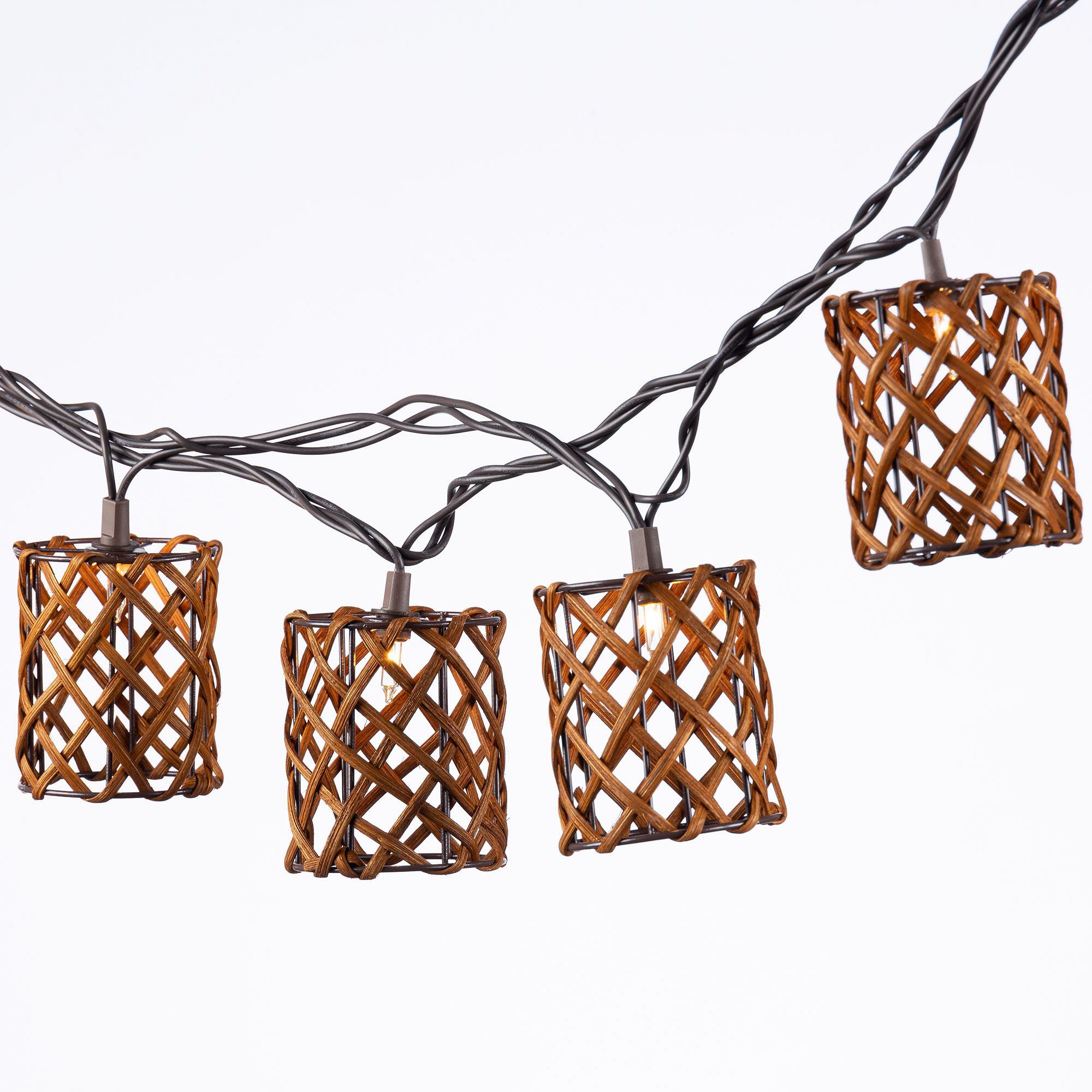Best festoon lights – tested by a garden expert
After years of testing, I've found the best festoon lights on the market

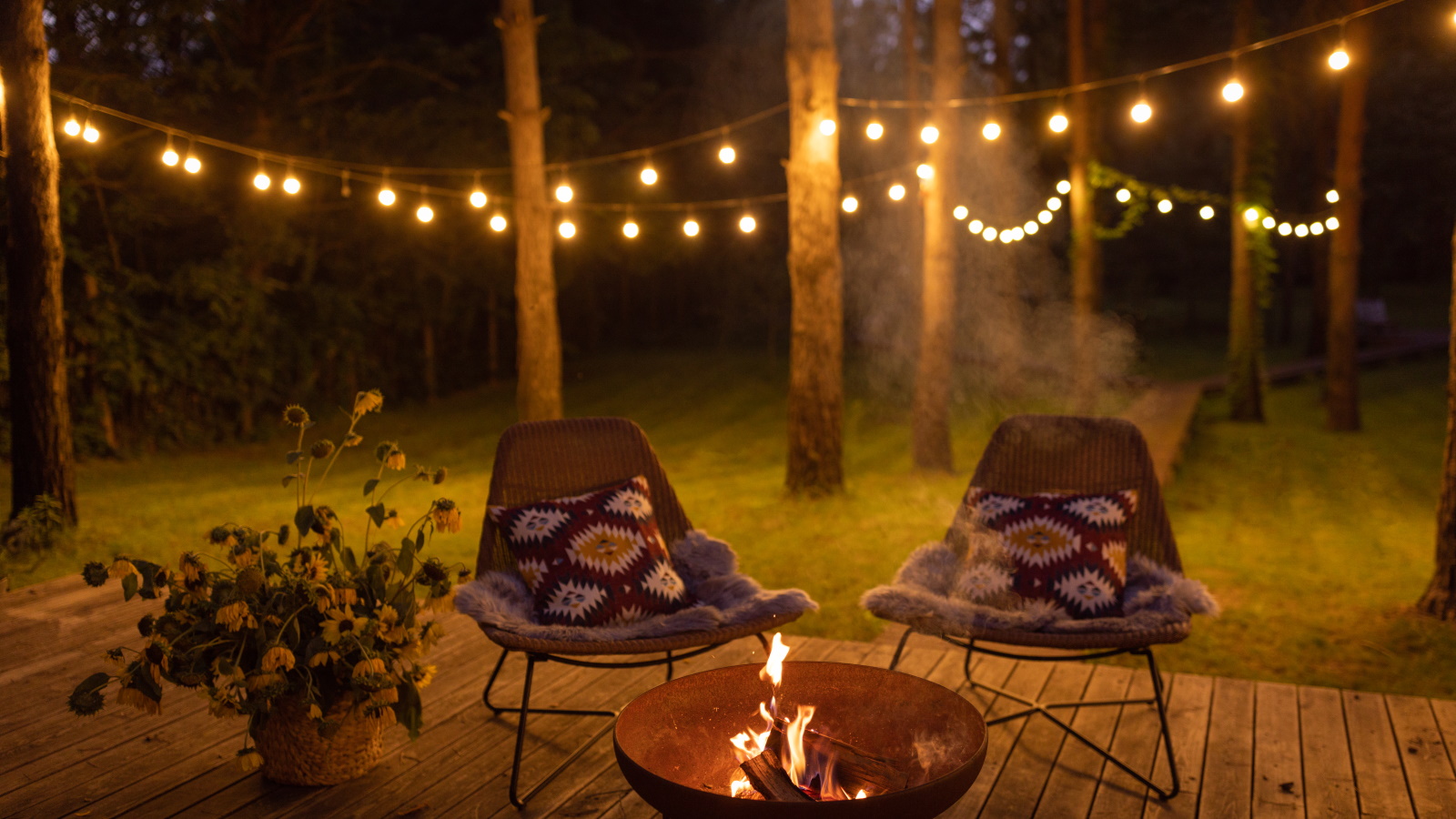
Festoon lights are some of the most underrated accents when it comes to your outdoor furniture and styling. The right lights can turn even the drabbest of patios into cozy hangout spots long after the sun has set.
However, outdoor festoon lights have a bad reputation. You may have bought some cheap solar lights online or in a bargain bin at a big box store, only to find that they don't quite work and break a couple of months later.
I've tested several sets of lights and found a handful worth recommending. These are the best festoon lights you can buy for your backyard.
Best festoon lights
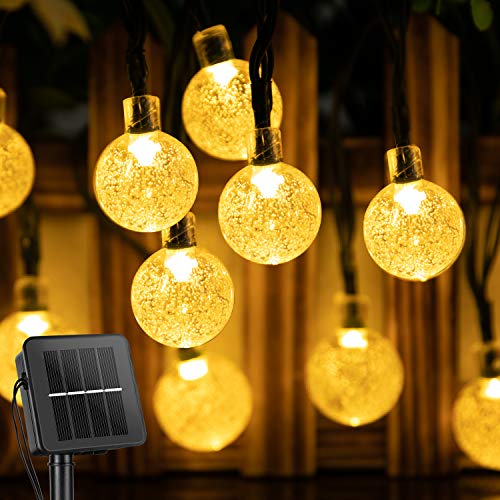
These are the best solar lights I've ever tested. Chinese-made, I've seen them listed on Amazon under several different names, but it's the same product. They're surprisingly great - unlike other cheap Amazon lights I've tested, these have lasted for years. I tried them years ago and they're still going strong after months of sun, snow, and rain. They give off bright but warm light and have 8 different pattern modes. Best of all, they're not expensive.
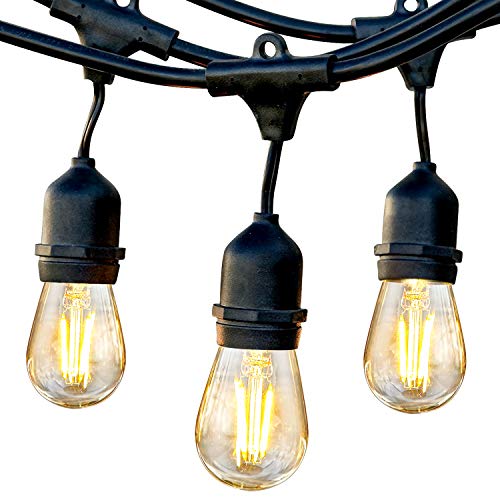
I've also tested these lights, and they're great for more traditional homes. Unlike other outdoor bulbs, which can look quite cheap, these mimic Edison bulbs. The iconic filament design looks a lot more rustic and intentional than cheaper bulbs. Best of all, these are incredibly tough. I haven't tested these as long as other lights, but other reviewers have been using these for more than half a decade without any issues.
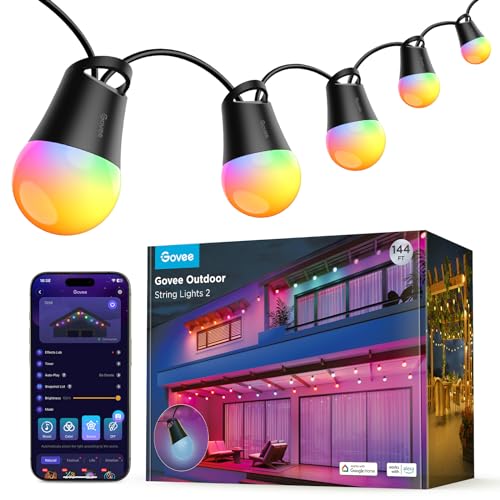
While I love the two previous options, they're a little limited by color. Though most municipalities recommend you use warm, orange lights, it's nice to have the option. These lights from Govee can glow in the full RGB spectrum, and have a huge range of 47 different patterns, so you can tailor your lights exactly as you need them. Best of all, they're tough, with an IP64 rating that should ensure longevity.
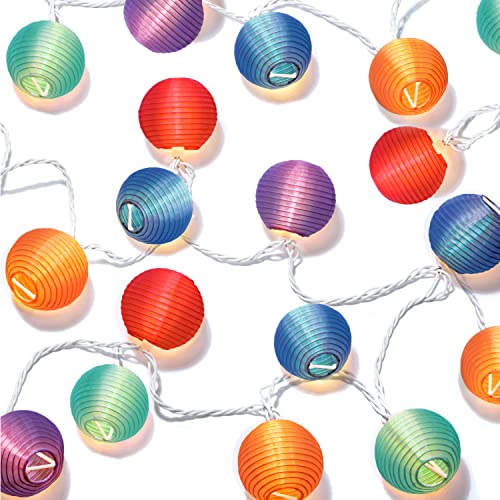
I used to have some of these to decorate a gazebo, and they looked fantastic. This model is particularly good because you can chain multiple sets together for long strings of lights. Unlike others, it also includes spare bulbs, so you can replace them when some burn out. My only real issue with lights like these is that it's easy to knock the paper lanterns off the lights, so you might find you have to chase little paper lanterns round the yard every so often.
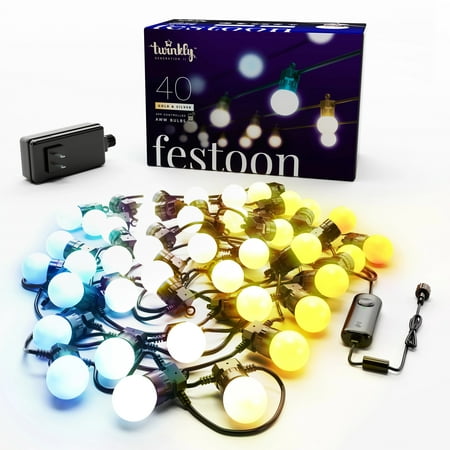
These lights are perfect for the truly detail-obsessed. Like the Govee lights above, these are controlled by an app, but unlike the Govee lights you can map these lights down to the individual bulb. This means you can create your own light display exactly as you want it. To make life even easier, they're also compatible with Amazon Alexa and Google Home.
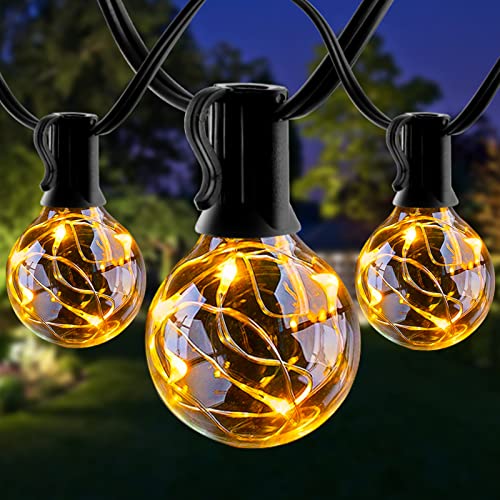
For softer light, try these. They're an interesting concept - fairy rights inside festoon light bulbs for the best of both worlds. The delicate lights mean that these have a soft, warm light of just 1700K, which is great for local wildlife and makes for a cozier space. However, the big issue with these is that they're made of glass. While that looks better than plastic, you may want to avoid them if you live somewhere stormy, as it could be dangerous if they break.
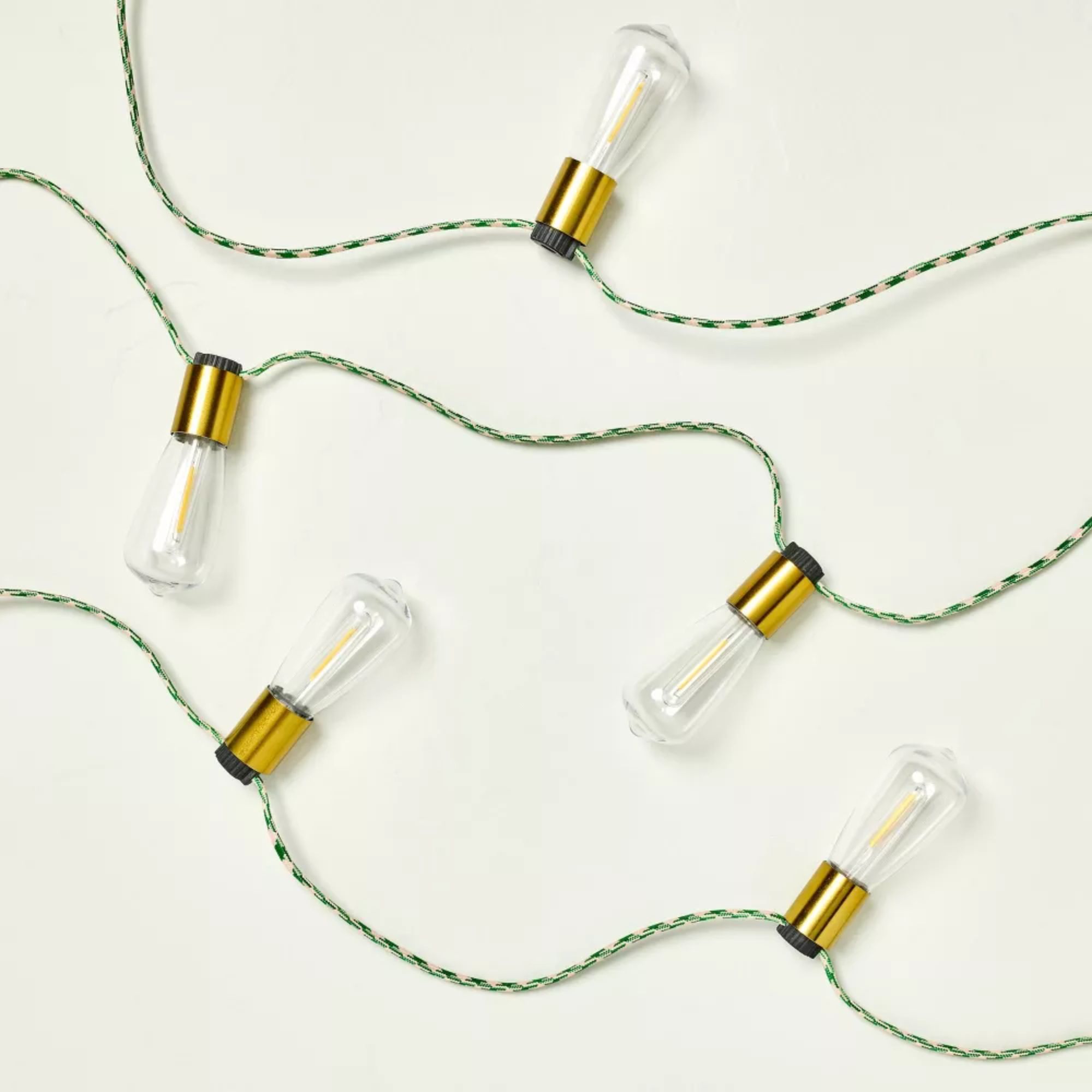
We can't get enough of Joanna Gaines' style here at H&G, and these lights from her Hearth & Hand collaboration with Target are no exception. I love the detail on the cord. Where it's an afterthought for most other brands, here the colored green cord is a design feature. It elevates the lights a little while still keeping them at a reasonable price.
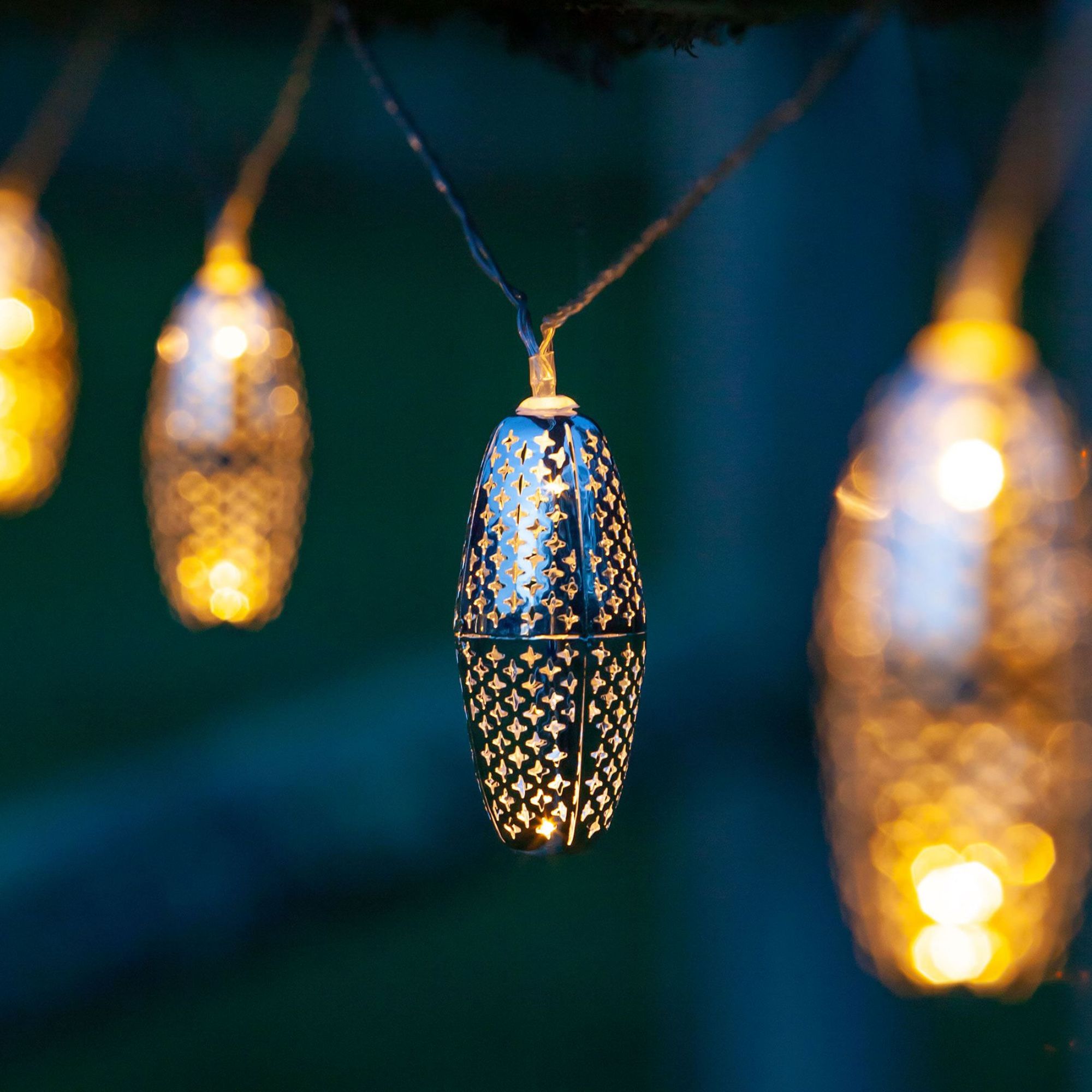
I've tried a few sets of solar lights like these, and they always look incredible. Unlike cheaper models, These look as though they're lit by candles, and can add a touch of sophistication to any space. While the metal covering is great for protecting the LED light inside, my only word of warning is that these metal lights can get a little rusty after months outside in the rain.
Festoon light FAQs
What's the difference between festoon lights and fairy lights?
Festoon lights use a few large, single bulbs, often covered by some kind of of paper covering or light shade. Fairy lights use lots of small, uncovered bulbs. Festoon lights provide more useful light, whereas fairy lights tend to only be for ambience.
What's an IP rating?
An IP ( or ingress protection) rating is a measure of how easy it is for dust and water to enter an electronic device. IP ratings are given as IP followed by two numbers. The first number refers to protection against dust and dirt, and the second number refers to protection against water. Outdoor festoon lights should have an IP rating of at least IP44 to ensure that they're weatherproof.
How we test
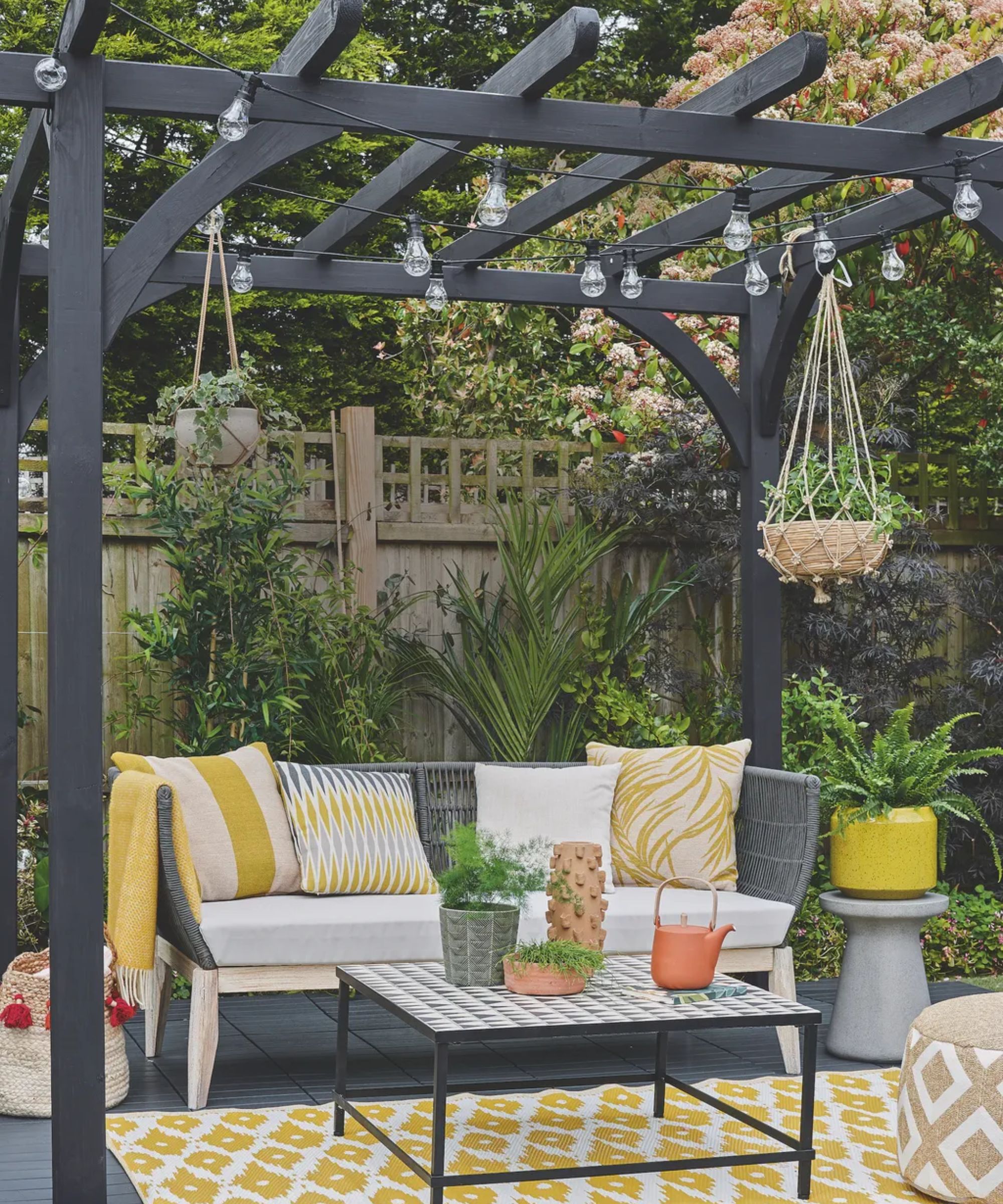
I've tested some of these lights for years. It's a very simple test. First, I see how easy it is to unbox and set up the lights. I assess if there are any unnecessary steps, if the stake for the solar panel is firm in the ground, or if they're easy to hang along a tree, fence, or gazebo without tangling in themselves. This step also lets me assess different light modes and timers built into the lights.
Next, I time how long it takes for the lights to turn on after sunset to see how responsive they are to changes in the light. I then stay up a few nights a week to see how many hours of light you actually get for your money.
Finally, I let the lights run as you would use them in your home, checking in on them every few months. This lets me see how the lights can stand up to changes in temperature and weather. In the case of my number 1 pick, those lights are still going three years later after standing up to heatwaves, blizzards, hailstorms, thunderstorms, and one month, even a dust storm.
For more help with outdoor lighting, take a look at our guide to the laws on outdoor lights, or our pergola lighting ideas.
Design expertise in your inbox – from inspiring decorating ideas and beautiful celebrity homes to practical gardening advice and shopping round-ups.

As a gardens and lifestyle contributor, Alex makes sure readers find the right information to help them make the best purchase. Alex got his start in reviewing at the iconic Good Housekeeping Institute, testing a wide range of household products and appliances. He then moved to BBC Gardeners’ World Magazine, assessing gardening tools, machinery, and wildlife products.
